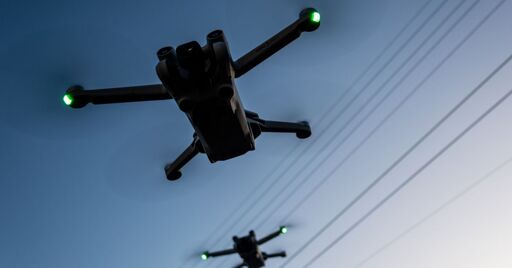Photo by Anna Barclay/Getty Images
For over a decade, you couldn’t easily fly a DJI drone over restricted areas in the United States. DJI’s software would automatically stop you from flying over runways, power plants, public emergencies like wildfires, and the White House. But confusingly, amidst the greatest US outpouring of drone distrust in years, and an incident of a DJI drone operator hindering LA wildfire fighting efforts, DJI is getting rid of its strong geofence. DJI will no longer enforce “No-Fly Zones,” instead only offering a dismissible warning — meaning only common sense, empathy, and the fear of getting caught by authorities will prevent people from flying where they shouldn’t. In a blog post, DJI characterizes this as “placing control back in the hands of the drone operators.” DJI suggests that technologies like Remote ID, which publicly broadcasts the location of a drone and their operator during flight, are “providing authorities with the tools needed to enforce existing rules,” DJI global policy head Adam Welsh tells The Verge. But it turns out the DJI drone that damaged a Super Scooper airplane fighting the Los Angeles wildfires was a sub-250-gram model that may not require Remote ID to operate, and the FBI expects it will have to “work backwards through investigative means” to figure out who flew it there. DJI voluntarily created its geofencing feature, so it makes a certain degree of sense that the[…]



Exactly, take away the non mandated rule and suddenly it’s not your problem when people break the law.
Most all changes companies do isn’t for your benefit first and foremost, it’s liability prevention that they spin as ‘look how nice we are by giving/removing x feature’